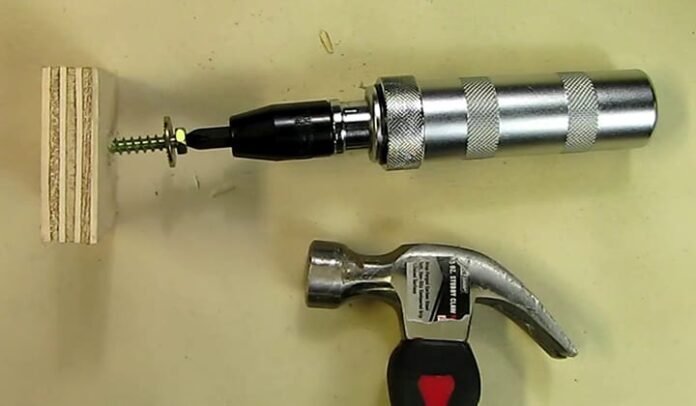We regularly get asked when it is better to use a drill/screwdriver and when to use an impact screwdriver. Because both machines allow you to attach screws, and both models allow you to drill into a variety of materials. So when do you choose a drill/screwdriver? And when for an impact screwdriver?
Difference between drill/screwdriver and impact screwdriver
What exactly makes a drill/screwdriver and impact screwdriver different and for which machine is used? To get a good picture, we first describe both machines and expose their advantages and disadvantages.
Drill/screwdriver
A drill/screwdriver is equipped with an adjustable slip clutch, a drill position and 2 adjustable mechanical speeds. Shop your impact screwdriver at Pilgrim Tools to get the best deal.
The adjustable slip clutch is intended for precise screw driving. When the countersunk head of the screw fully contacts the underlying material, the machine slips to prevent the screw from turning too far into the material. With fragile materials such as plastics or applications in electrics, the slip clutch comes into its own. When you want to screw in a large diameter screw, the machine may start slipping before the screw is fully in the wood.
Often the drill/screwdriver is then set to the drill mode, which can cause the machine to overload (with all the associated risks). The important thing to remember is that in position 1, the machine runs at fewer revolutions but has higher torque. In position 2, it is the opposite; the machine makes more rpm with lower torque. This is why position 1 is more suitable for screwing and position 2 for drilling. In practice, people often leave the machine in position 2 (drilling position) with the slipping clutch off, because this works nice and fast. The danger here, especially with large screws, is that the motor runs too slow for the drill head. This causes heat to build up and a burned-out motor is then the result. If you want to handle large screws regularly, buying an impact screwdriver is definitely worth it.
Impact screwdriver
This machine features an impact head that provides the power, rather than the motor like the drill/screwdriver. Even when using large screws, the motor will not draw more power from the battery. This prevents overload on both the motor and the battery. Therefore, impact screwdrivers are very suitable for handling (very) large screw diameters. Impact screwdrivers do not have a slip clutch so when working with delicate materials you have to be careful not to turn the screws too far or even completely through the material.
Impact screwdrivers require zero force to hold while screwing, unlike regular screwdrivers that exert (considerable) force on the wrists. This makes it very easy to work with an impact screwdriver in awkward positions, such as “screwing around a corner. In situations where you cannot stand directly behind the machine to absorb the power of the machine, the impact screwdriver offers a solution.
What many people don’t know is that you can also use an impact screwdriver to drill just fine. You just have to make sure that the drill bit is small enough not to trigger the impact mechanism. Cylindrical wood drill bits up to 10 mm and metal drill bits up to 6 mm are usually fine. Other types of drills or larger diameters are not recommended and will result in inaccurate drilling or quickly wearing out drills. Incidentally, be sure to purchase a drill bit with a ¼” bit connection or it will not fit in the machine. The high RPM of the machine makes drilling a lot faster than with an ordinary screwdriver/drill. And this high speed also ensures that the machine is ideally suited for self-tapping screws or parkers.
So if, for example, you install a lot of metal stud walls, the impact screwdriver can be used well. Just be sure to use a special bit or attachment with drywall to ensure that the screws are neatly flush with the drywall. A potential disadvantage of an impact screwdriver is that, like a regular impact drill, the impact mechanism produces more noise than a screw/drill.













